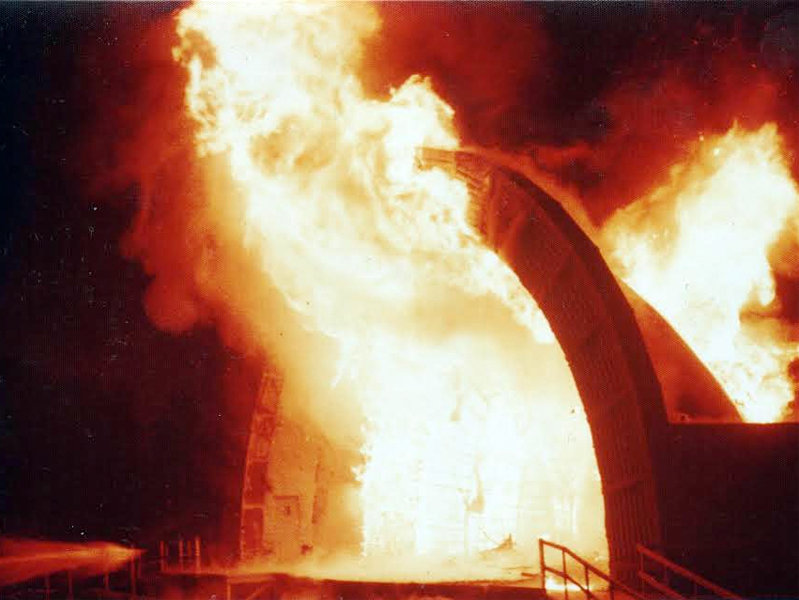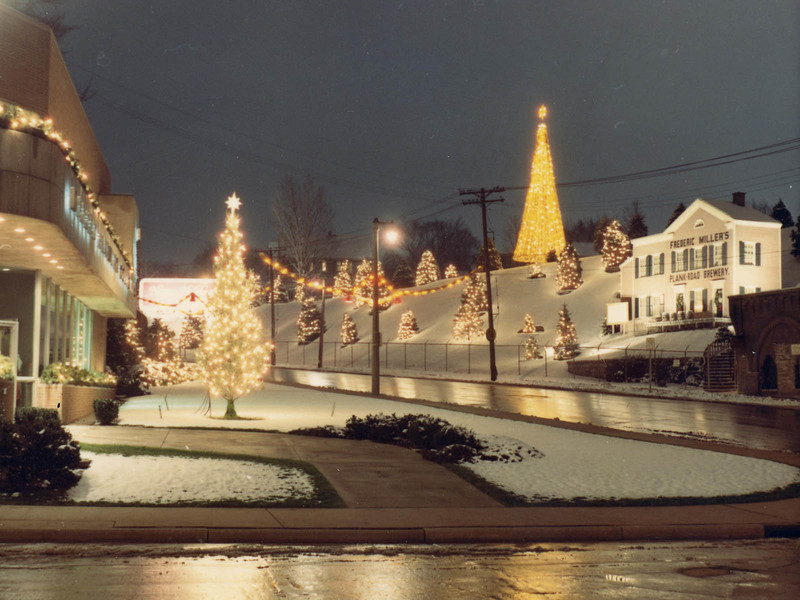Editor’s note: This is one in a Milwaukee Neighborhood News Service series of 15 pieces about the Milwaukee Open Housing marches, which took place 50 years ago beginning on Aug. 28, 1967. Watch for the stories on Milwaukee NNS every Monday and Thursday through the end of July.
Shirley (Berry) Butler-Derge met the Rev. James E. Groppi when she was only 8 years old. According to Butler-Derge, she and several students at St. Boniface Catholic School instantly fell in love with the young, white priest who came to their school to teach catechism.
He was different. "He made it real," Butler-Derge said.
Groppi, having marched with civil rights leaders including Dr. Martin Luther King Jr. in the South, taught the St. Boniface students about black history, a subject that had been largely ignored by their school curriculum. Most of the students were African-American.
"He started talking to us about black people who had contributed to history," Butler-Derge said. "He was the one who told us about Frederick Douglass, Sojourner Truth, Harriet Tubman and Crispus Attucks."
Learning about important black figures in history sparked Butler-Derge’s passion for education. "Why aren’t these people in our history books?" she began to ask as a middle schooler.
Butler-Derge was elected secretary of education at the Milwaukee NAACP Youth Council when she was only 13 years old.
"Father Groppi was the kind of person that didn’t look down on children," Butler-Derge said. "His eyes would just light up like stars. He loved for you to express how you were feeling about anything."
The Youth Council, a collective of about 15 young people, would lead the historic open housing marches in Milwaukee that lasted for 200 days in 1967 and 1968. The Youth Council and Groppi fought to end the racist rules surrounding housing.
The protestors were frequently met with strong opposition, especially on the South Side. According to Butler-Derge, people opposed to the protest threw rocks, glass, bottles and other objects at them.
"I remember Father Groppi got hit with a big rock," Butler-Derge recalls. "Blood just came all down his face, but it didn’t faze him at all. He just kept marching."
Groppi’s mission was not only to address big picture issues such as fair housing. He was also passionate about individuals.
Butler-Derge recalls the time she came to a greater understanding of American slavery. Enraged, she decided that she was not going to have anything to do with anything white. She wore no white tennis shoes, no white t-shirts and spoke to no white people.
This included Groppi.
"For a whole week, I was not going to speak to him because he was white," Butler-Derge recalled. "He would look at me with the kindest eyes. He knew what was going on, and he kept loving me."
Her boycott didn’t last long.
"Everything really goes back to Father Groppi because he really taught me how to love," Butler-Derge said.
Breaking down racial barriers in a racially divided city, he became a symbol for equality and love.
To this day, Butler-Derge is thankful for the impact Groppi made on the city. She credits him with planting the seed that led her to become an award-winning teacher at Milwaukee Public Schools and parochial schools in the Milwaukee area.
In 2013, Butler-Derge authored "Asante Sana, 'Thank You' Father James E. Groppi" to honor Groppi and the Milwaukee NAACP Youth Council.







